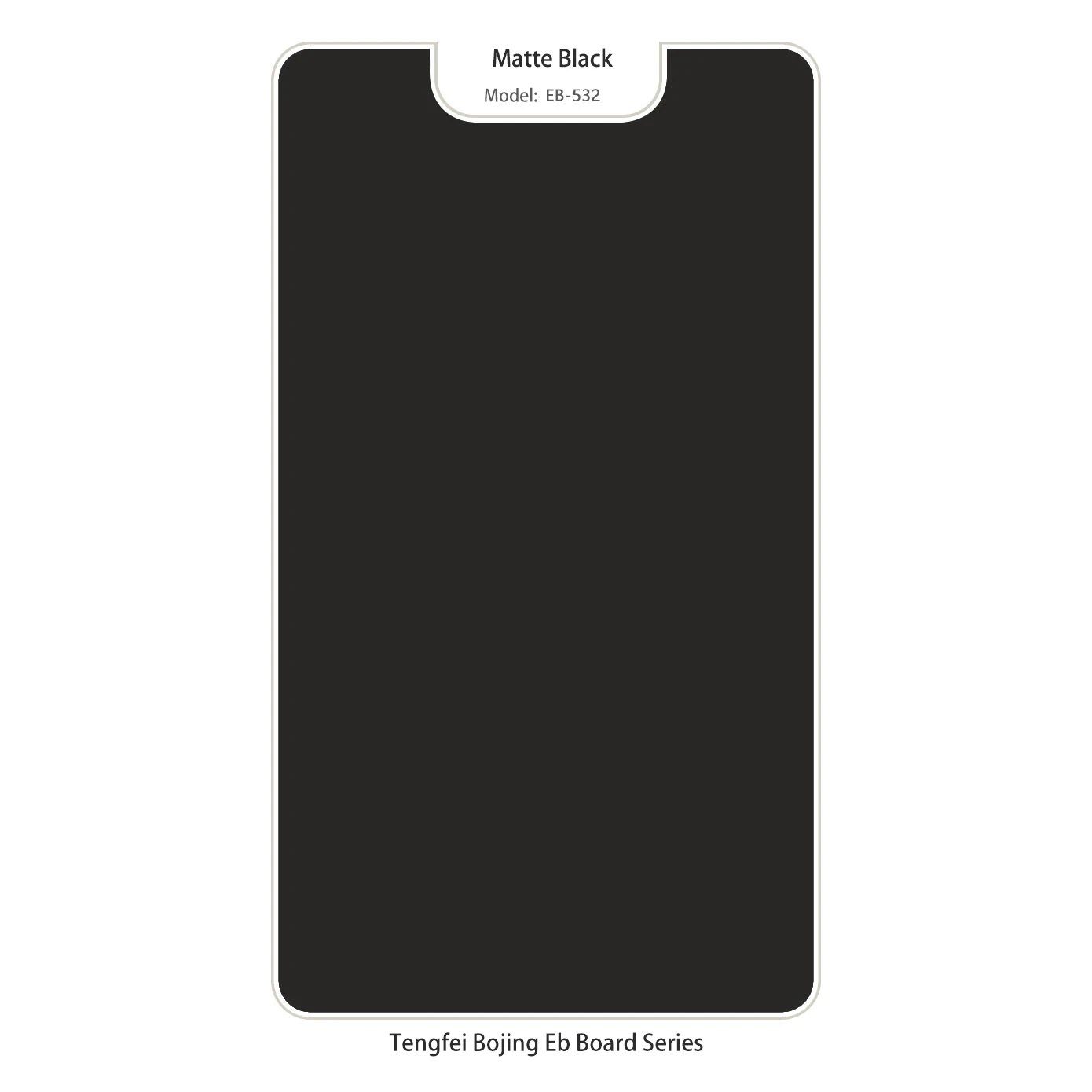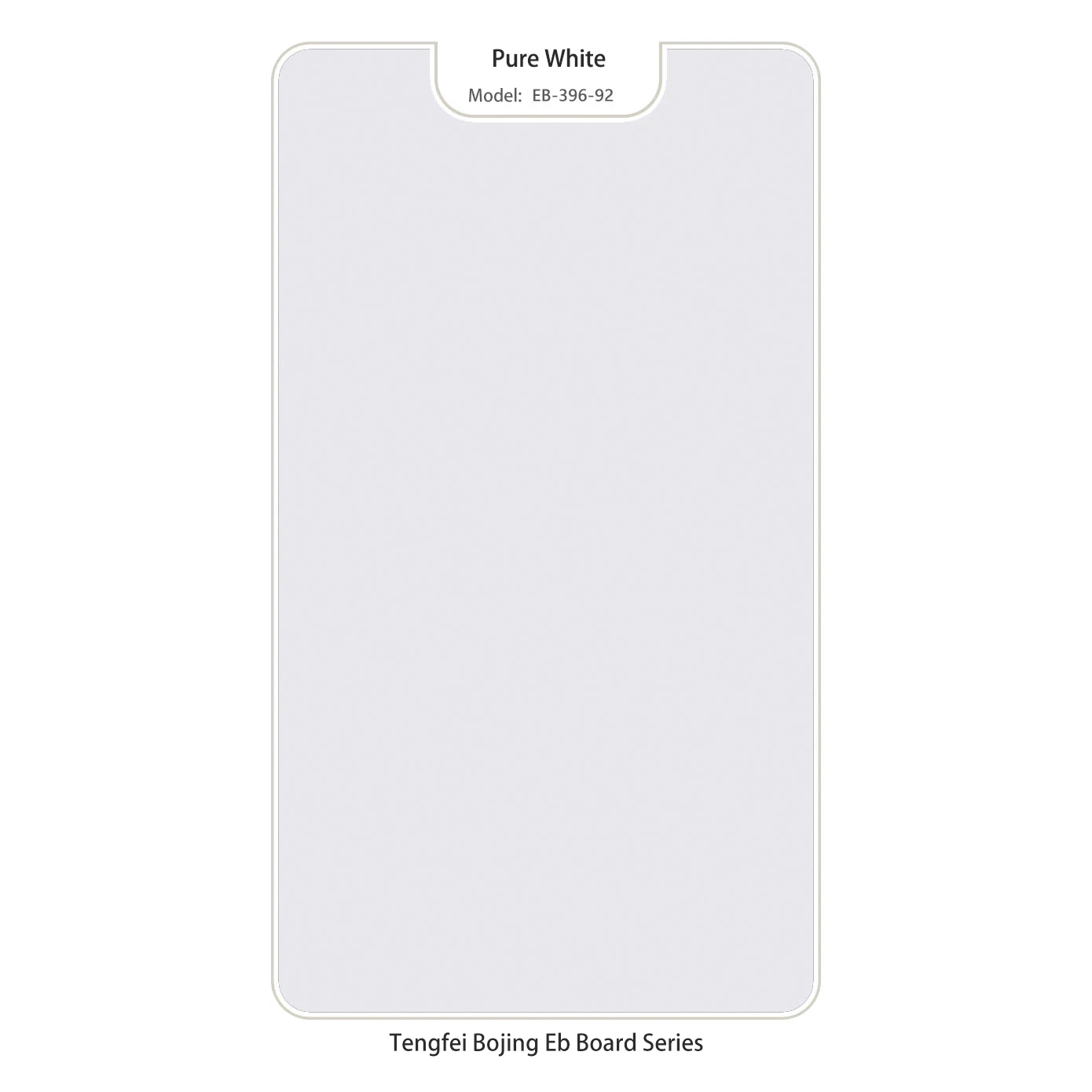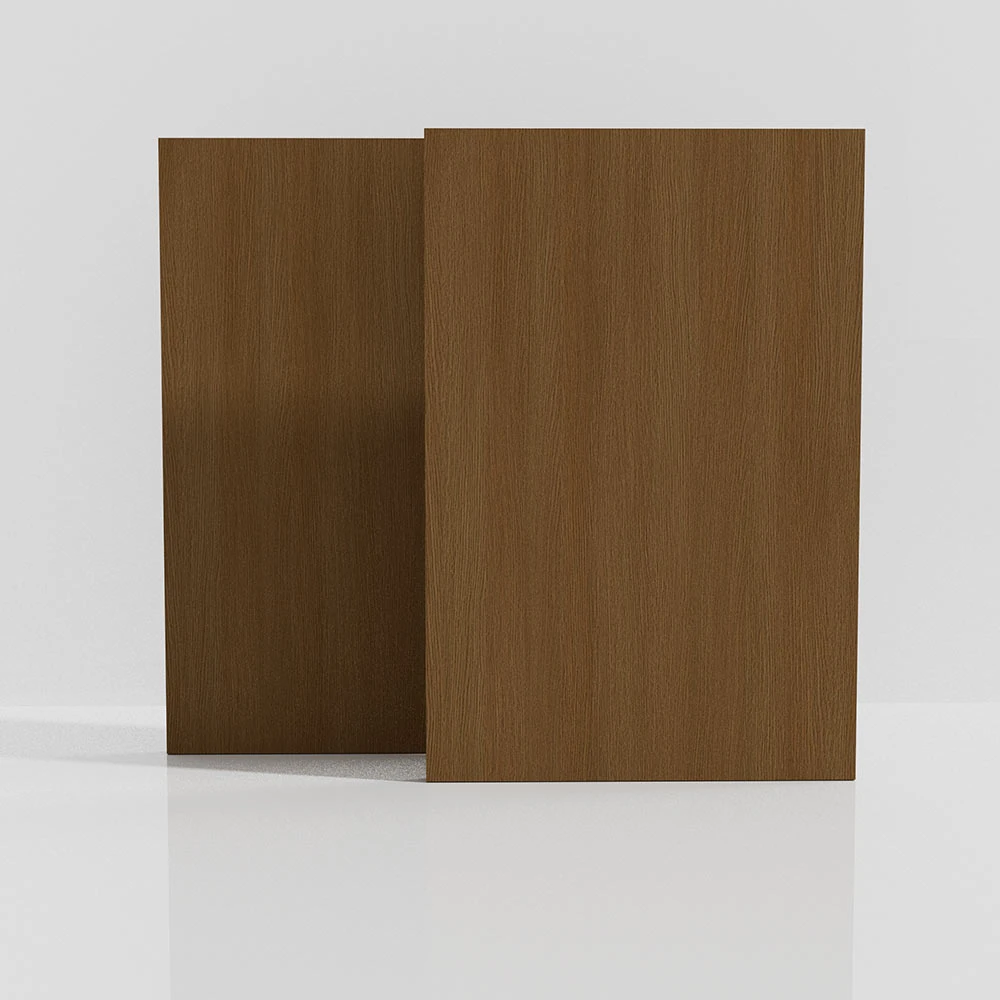- Introduction: definition of mdf wood
and relevance in modern woodworking
- Technical Advantages and Composition Analysis
- Comparative Study: MDF Board vs Other Engineered Woods
- Industry Suppliers and Manufacturer Benchmarks
- Customizable Solutions: Surface Treatments & Edging
- Applied Case Studies: Residential, Commercial & Specialized Uses
- Summary: definition of mdf wood and Future Prospects
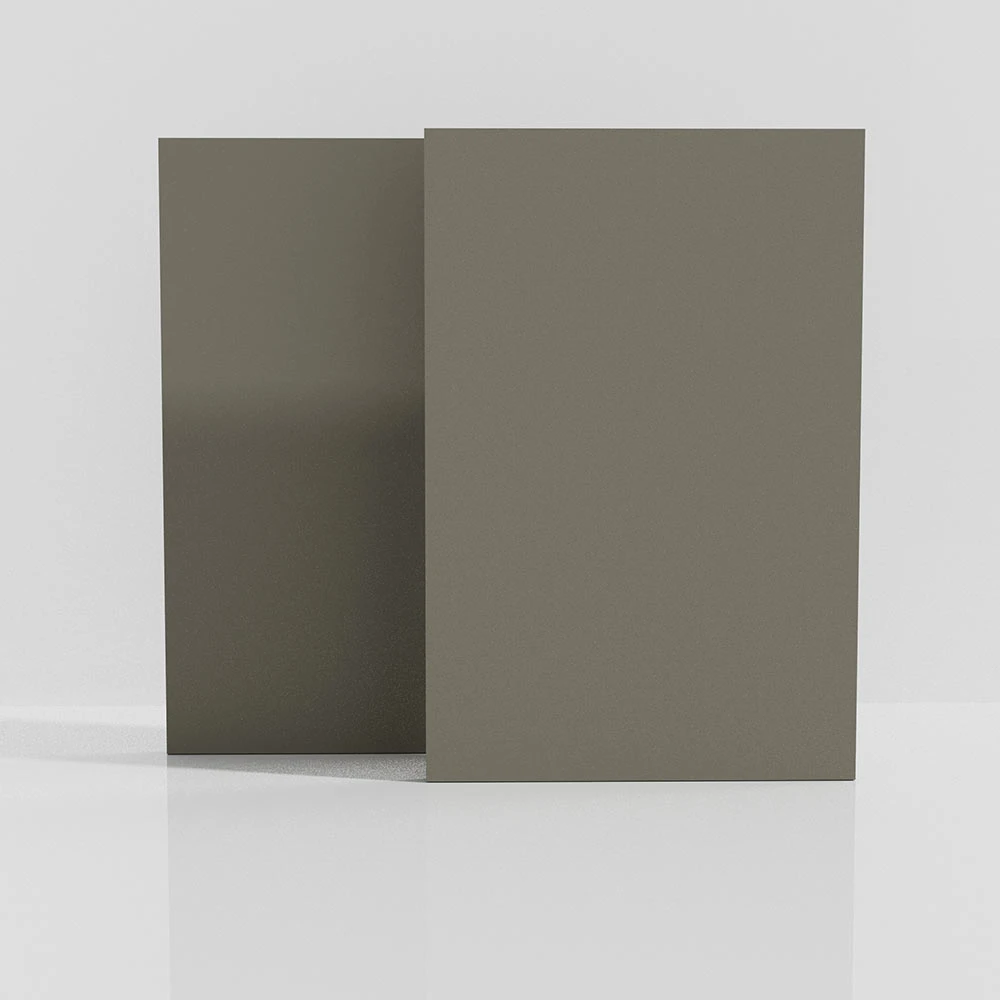
(definition of mdf wood)
Understanding the definition of mdf wood in Modern Woodworking
Medium Density Fiberboard, commonly abbreviated as MDF, is an engineered wood product formed by breaking down hardwood or softwood residuals into wood fibers. These fibers are then combined with wax and a resin binder, and formed into panels through high-temperature and high-pressure pressing. Emerging from the need for cost-effective and highly machinable materials, MDF has gained considerable traction among carpenters, furniture producers, and interior designers. The definition of mdf wood positions this product as both a versatile core material and a reliable alternative to natural wood, meeting the demands of mass production, sustainability, and aesthetic versatility. In today's woodworking market, where precision and finish are paramount, MDF's fiber uniformity, density, and smooth surfaces make it indispensable in applications ranging from cabinetry and shelving to complex molding and panel work. The growth in global MDF consumption, increasing at an average CAGR of 5.2% from 2018 to 2023, highlights its growing importance and consistent market adoption for products requiring dimensional stability and seamless finishing.
Technical Advantages and Composition Analysis
The inherent structure of MDF distinguishes it significantly from other engineered wood products. MDF boards typically have a density between 600 and 800 kg/m3, resulting from tightly packed, uniformly distributed wood fibers. Unlike particleboard, MDF fibers are much finer, producing a smoother, less abrasive surface that can be easily painted, veneered, or laminated. Its machinability is a key advantage, as it allows for intricate designs without splintering, commonly observed with plywood or solid wood.
In terms of performance, MDF shows low warping and minimal cupping, aided by its consistent internal composition. The addition of advanced binders and resin types, such as E0 and E1 grade adhesives, addresses formaldehyde emission concerns, making it more environmentally compliant for indoor applications. Technical advancements also show flame-retardant and moisture-resistant variants of MDF, suited to spaces like kitchens and commercial interiors. Laboratory tests indicate a Modulus of Rupture (MOR) of approximately 35-40 MPa, and Modulus of Elasticity (MOE) ranging from 2,000-3,500 MPa for standard MDF panels, ensuring robustness in structural and non-structural applications.
Comparative Study: MDF Board vs Other Engineered Woods
When considering mdf board definition in the context of available composite wood options, it is crucial to analyze both performance and practical applications. MDF's closest competitors are Particleboard and Plywood. Below is a data table summarizing the key comparative attributes:
| Attribute |
MDF Board |
Particleboard |
Plywood |
| Density (kg/m3) |
600–800 |
500–650 |
500–700 |
| Surface Smoothness |
Excellent |
Fair |
Good |
| Machinability |
High |
Moderate |
Moderate |
| Moisture Resistance |
Medium (Upgradable) |
Low |
High |
| Edge Screw Holding |
Moderate |
Poor |
Excellent |
| Cost (relative) |
Medium |
Low |
High |
| Formaldehyde Emissions (Standard-grade) |
Low/Medium (E0/E1 options) |
Higher |
Low |
| Main Application |
Furniture, Cabinets, Molding |
Wall Panels, Packing |
Structural, Flooring |
As the table indicates, MDF stands out for its smoothness and adaptability with wood on wood veneer, providing a perfect substrate for high-gloss or wood grain finishes that mimic solid lumber aesthetics at a fraction of the cost.
Industry Suppliers and Manufacturer Benchmarks
Selecting the right supplier is critical for achieving consistency in both commercial and project-based orders. The global MDF market features several dominant players. According to 2023 market analyses, top manufacturers include Kronospan, Egger Group, Georgia-Pacific Wood Products, and Arauco. These suppliers collectively constitute over 40% of the global MDF output.
Supplier performance is benchmarked based on quality certifications (FSC, CARB2), minimum order quantities, custom thicknesses, and lead times. Advanced manufacturing lines now integrate continuous-press technology which delivers panels with more consistent density and minimized surface defects.
Imported versus domestic MDF is also a major consideration. European-made MDF often features higher technical standards for environmental compliance and dimensional consistency, while Asian manufacturers prioritize scale efficiencies and competitive pricing.
Customizable Solutions: Surface Treatments & Edging
Modern design demands extend far beyond the raw board. MDF's versatility is best illustrated by its compatibility with a range of surface finishes. Wood on wood veneer application allows MDF to emulate exotic or rare solid wood types with near-perfect grain replication. High-pressure laminates (HPL), PVC foils, acrylics, and painted surfaces are all frequently specified in architectural projects.
Edging processes have evolved significantly, with pre-glued, laser, or hot-air technologies delivering clean, water-resistant borders that further enhance the durability and appearance of MDF panels. For customized builds, thicknesses are adjustable from as thin as 2.5mm for wall panels to 30mm+ for worktops and stair components.
Data from interior contracting firms suggest that over 60% of bespoke shelving projects in the past two years specified MDF as the core material, citing its consistent finish and edge profile as differentiators.
Applied Case Studies: Residential, Commercial & Specialized Uses
The transformative power of MDF board is evident across a spectrum of applications. In residential design, pre-lacquered MDF with wood on wood veneer finishes has become a preferred solution in kitchen cabinetry due to its seamless finish and ease of cleaning. In a 2022 survey of 1100 kitchen installers, 68% chose MDF over plywood when the final specification required intricate inlays or profile routed doors.
Commercial spaces leverage MDF for modular office interiors, retail shelving, and feature walls. Its paintability and surface reliability make it a go-to substrate for large format wall claddings in malls and hospitals. A case in point: a leading global retail brand retrofitted more than 1500 stores with MDF display units, reducing build costs by 17% while meeting environmental emission targets.
Specialized applications also abound. Acoustic MDF panels with precision-milled perforations are now standard in auditoriums. CNC-machined MDF forms the backbone for affordable 3D signage and exhibition stands.
Summary: definition of mdf wood and Future Prospects
Revisiting the definition of mdf wood, it becomes clear why this product has asserted itself as a highly engineered and functional solution in diverse woodworking scenarios. The adaptability of MDF, its technical advantages, and the broad supplier network have reset benchmarks for what engineered woods can deliver. As environmental standards tighten and custom design requirements increase, the future will see a continued evolution in MDF manufacturing—expect more eco-friendly resins, smarter surface innovations, and integration of recycled fiber content.
For specifiers and fabricators, MDF remains compelling: it provides a smooth, reliable substrate for wood on wood veneer, customizable edge treatments, and scalable cost controls. As digitized planning and CNC machining advance, so too will the detail and complexity possible with MDF—ensuring its relevance remains undiminished in the coming decade.
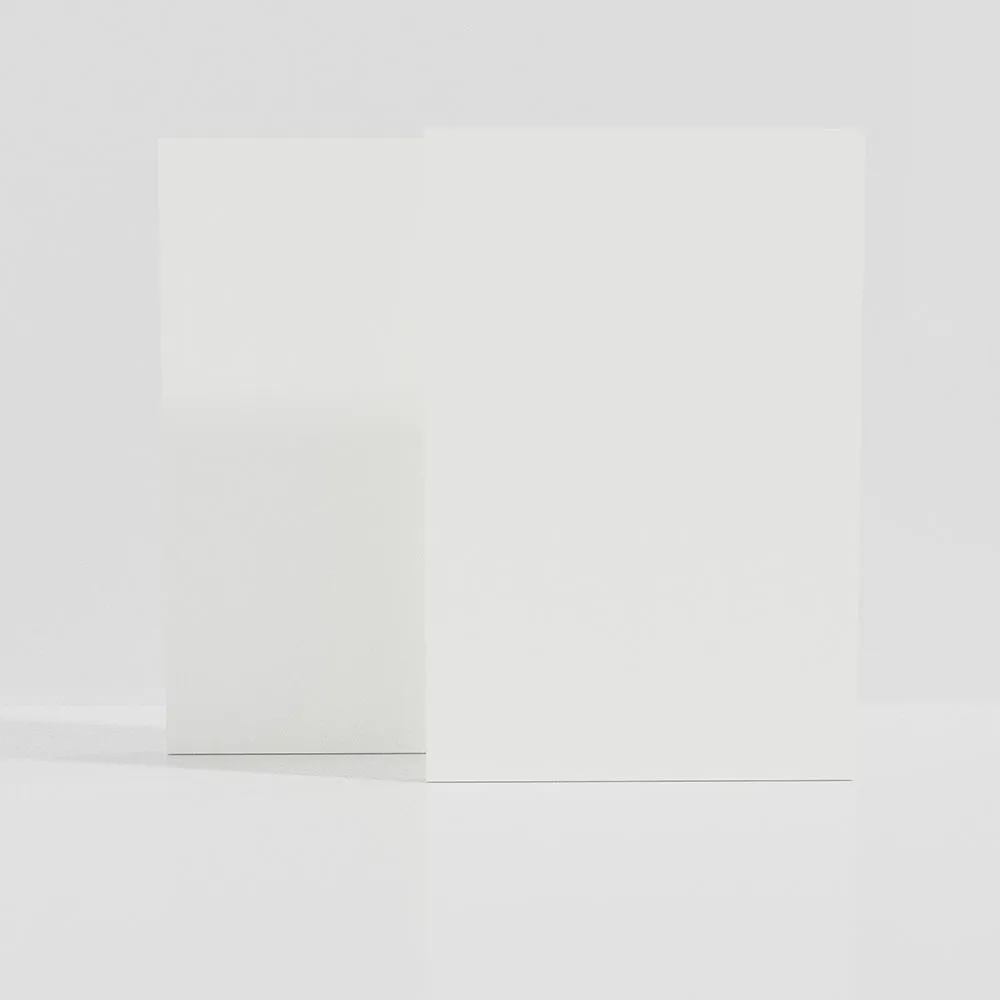
(definition of mdf wood)
FAQS on definition of mdf wood
Q: What is the definition of MDF wood?
A: MDF wood, or Medium Density Fiberboard, is an engineered wood product made from wood fibers bonded with resin under heat and pressure. It is known for its smooth surface and uniform density. MDF is commonly used in furniture and cabinetry.
Q: How can you define MDF board?
A: MDF board is a type of composite wood panel created by breaking down hardwood or softwood residuals into fibers. These fibers are combined with wax and resin binder to form panels. MDF board is dense, flat, and easy to machine.
Q: What does "wood on wood veneer" mean?
A: Wood on wood veneer refers to a wooden surface that has a thin layer of real wood (veneer) applied on top of a wood substrate like MDF or plywood. This technique provides a natural wood appearance. It is often used in cabinetry and furniture to achieve durability and aesthetic appeal.
Q: What are the main characteristics of MDF wood?
A: MDF wood is smooth, uniform, and free from knots and grains common in natural wood. It holds paint exceptionally well. However, it's not as strong as solid wood and can swell if exposed to water.
Q: Is MDF wood suitable for wood veneer applications?
A: Yes, MDF wood is often used as the core material for wood veneer because of its smooth and even surface. The combination creates a product that looks like solid wood but is more stable and cost-effective. This makes it popular in furniture and interior projects.
